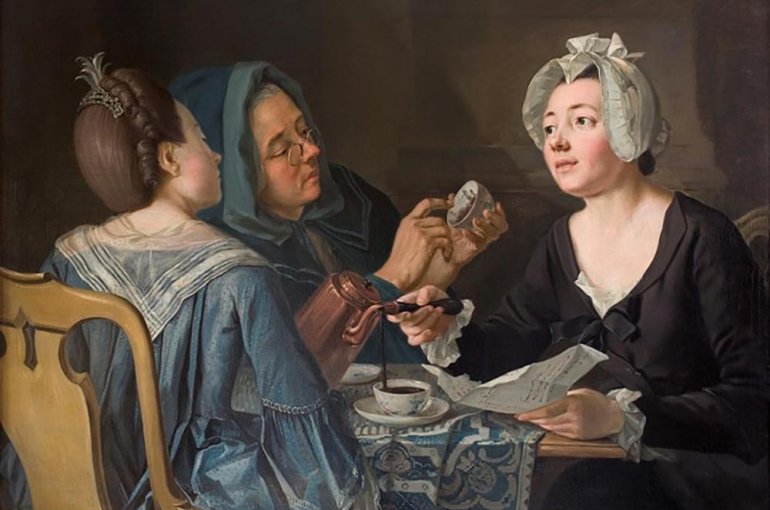Forgotten history of intoxicants set to be revealed by historians
European grant for research on intoxicants in Europe between 1600 and 1850

An international team of history researchers are set to reveal how Europe ‘took to soft drugs’ between 1600 and 1850, as part of a major new research project funded by the Humanities European Research Area (HERA). In the project, Utrecht researchers will collaborate with colleagues from Sheffield (UK), Oldenburg (Germany) and Stockholm (Sweden) to understand how some of the most widely consumed intoxicants in the world were first trafficked and consumed in Western Europe.
The researchers will explore how coffee, tea, chocolate, sugar, tobacco, and opium were first introduced into European cities in the 17th century and how their consumption transformed urban public spaces. Toine Pieters, Professor in History of Pharmacy, leads the Dutch branch of the project, in which senior researcher Stephen Snelders is to study the effects of intoxicants on Amsterdam. The Dutch branch of the project involves collaboration with The National Maritime Museum (het Scheepvaartmuseum).
Impact on society today
Focusing on four European cities – Amsterdam, Hamburg, London and Stockholm – the study will recover how ‘new’ intoxicants were first sold in traditional public spaces, such as apothecaries, grocery shops and coffee houses, and how their sale and consumption transformed public behaviours and practices. The researchers aim to understand how these commodities became such a common part of people’s lifestyle and diet, in order to clarify intoxicants’ impact on society today. Findings from the project will shine new light on the politics of consumption, the ethics of taste, the complicated ways in which we think about intoxicants and addictive substances today, and how Amsterdam developed in an international hub for the intoxicants trade.
Digital exhibition
The researchers will use their findings to launch a digital exhibition charting the history of intoxicants with Dutch, German, Swedish and UK museums. The research teams will also work with schools in their respective countries (in the Netherlands via U-Talent) to raise awareness about new and old intoxicants and to think about how we can learn from the past. To this end, an international conference for schools will be held in Amsterdam as part of the project. Researchers will use their findings to collaborate with the United Nations Human Settlements Programme (UN-HABITAT) and Mainline Foundation to help inform some of its drug prevention, health and wellbeing initiatives.

